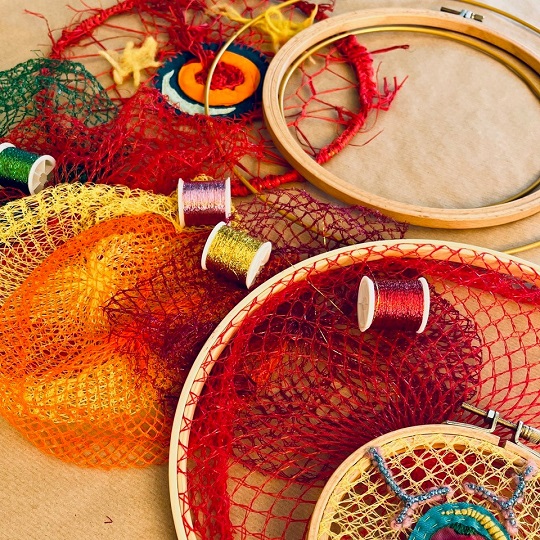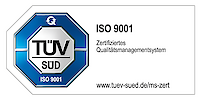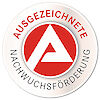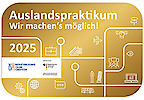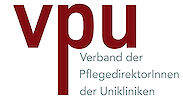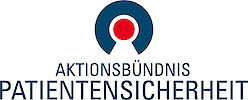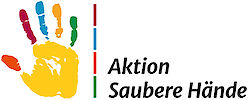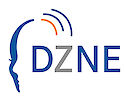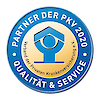Concept
Project Description
Our brain is not only composed of neurons and glia cells but also of millions of blood vessels. They are important to deliver oxygen and nutrient to neural cells, essential for their function and survival. Recent research shows that they are not only “passive conducts” but that they also actively instruct and govern development and homeostasis of our central nervous system. In fact, blood vessels in our brain are not isolated from other cells but instead they closely interact with them and form what is called the neurovascular unit. Within this unit, blood vessels are in contact with neural cells (astrocytes, glia and neurons) which collectively regulate blood brain barrier properties and blood flow. The close interactions between vascular cells of blood vessels and glial cells create the perfect architectural microenvironment for neurons to perform their duties harmoniously. Dysfunction and loss of balance in the neurovascular unit is associated to neurological diseases, ranging from developmental ones to neurodegeneration and cancer.
The graceful balance of the neurovascular unit’s cell biology is inspiring at a scientific level but also from an artistic point of view. When looking at if from a cross-section, the Neurovascular unit resembles a Mandala, where all cells are centrically organized towards the lumen of the blood vessel. Proximity, communication, sharing nourishment, mutual exchange, synergy, and mediation are essential attributes and mechanisms that occur in this unit. All these aspects also occur in societies, where communities work together to achieve a goal.
Exploring the beauty of the neurovascular unit balance at cellular level, we invite the community of crafty people to open dialogues about creativity and brain health, to reflect and promote understanding of many fascinating brain cellular processes through art and as such promote scientific knowledge in society.
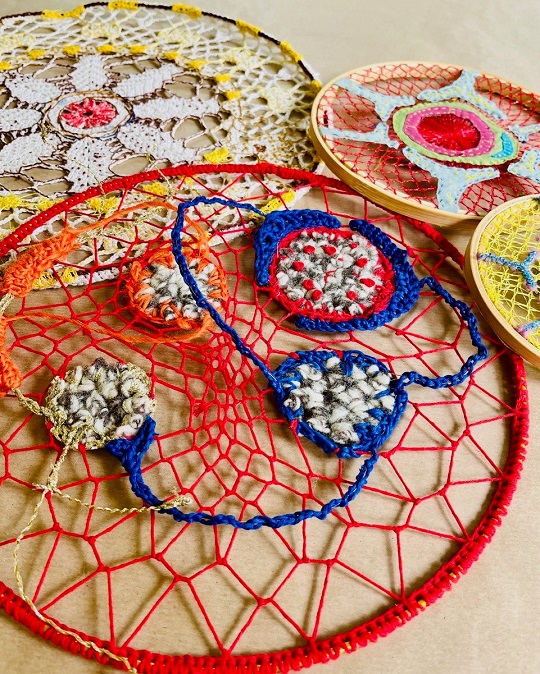
Motivation
When the balance is disrupted, diseases may manifest. Many devastating diseases are impacting on individuals, families and societies. We focus the attention on the neurodegenerative diseases such as Alzheimer's, Parkinson’s, Huntington's disease and Multiple Sclerosis. Neurodegeneration is characterized by the progressive loss of neurons in the brain and manifested by cognitive decline, loss of memory, language, movement impairment, psychiatric symptoms, depression. While neurons are traditionally the focus of research, we now know that the vasculature — the network of blood vessels in the brain — plays a critical role in these diseases. The neurovascular unit, which includes blood vessels, neurons, and surrounding supportive cells, helps protect and nourish the brain. When the vasculature isn’t functioning properly, it can contribute to or even accelerate neurodegeneration. Maintaining a healthy life stile helps to maintain blood vessels in our brain healthy and thus support brain function.
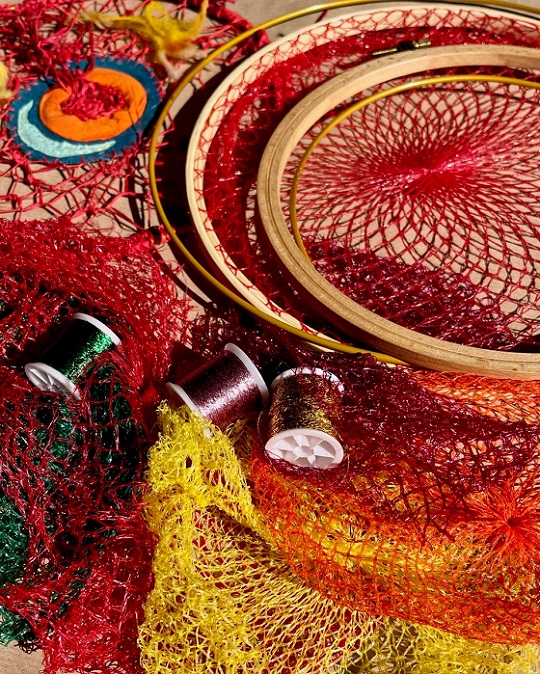
Objectives
The aims of the project are 1) To focus the attention to a broad audience on the importance of the brain vasculature, 2) To provide easy to understand scientific insights about the role of the neurovascular unit in health and disease, and 3) Increase awareness about brain vascular diseases through creative art using easily available textile materials. This art and science project will interweave neurobiology, vascular biology, community work, creative learning, team crafting.
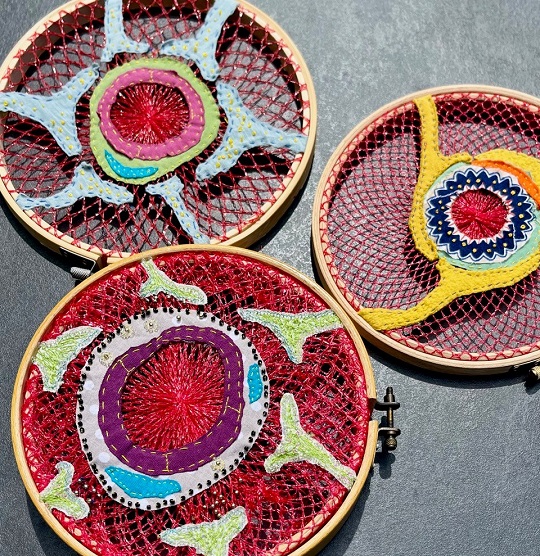
Workshop definition
The art technique suitable for this project is mix media textile sculpture.
NeuVa ART Lab / Mandala project will be a series of three creative crafting sessions of 3 hours each, offered in a fixed schedule. The first two workshops will happen in September 2025 and in May 2026 (at IMPULSE: House for Intellectual Innovation and Creativity, University of Bonn). A third workshop will be offered in Q1/Q2 2027 within the framework of the exhibition of the Collective Neurogenesis Project. Each session will start with a general introduction to the neurovascular unit by Prof. Ruiz de Almodóvar, followed by a five-minutes scientific speed presentation (what, how, why, layman language) given by a lab team member. Scientific input will be provided in English and/or German language with the slides in German. To ensure the participants engagement, handouts in various languages will be available i.e. German, English, Spanish. The scientists will stay during the crafting session to interact more closely with the participants and for answering questions, as well as for participating in crafting.
The crafting art part of the workshop will be led by Paula Urrutia and will be offered at no cost for the participants. Materials will be provided free of charge. Participants can bring own materials too. Within a sustainable art concept, usage of recycling materials will be encouraged. During the crafting session, participants will be organised in groups of 2-4 people. Each group will work cooperatively in one NeuVa Mandala. Mandalas will be collected for an art exhibition.
Location
IMPULSE - House for Innovation and Creativity
at the University of Bonn
Adenauerallee 131
53113 Bonn
